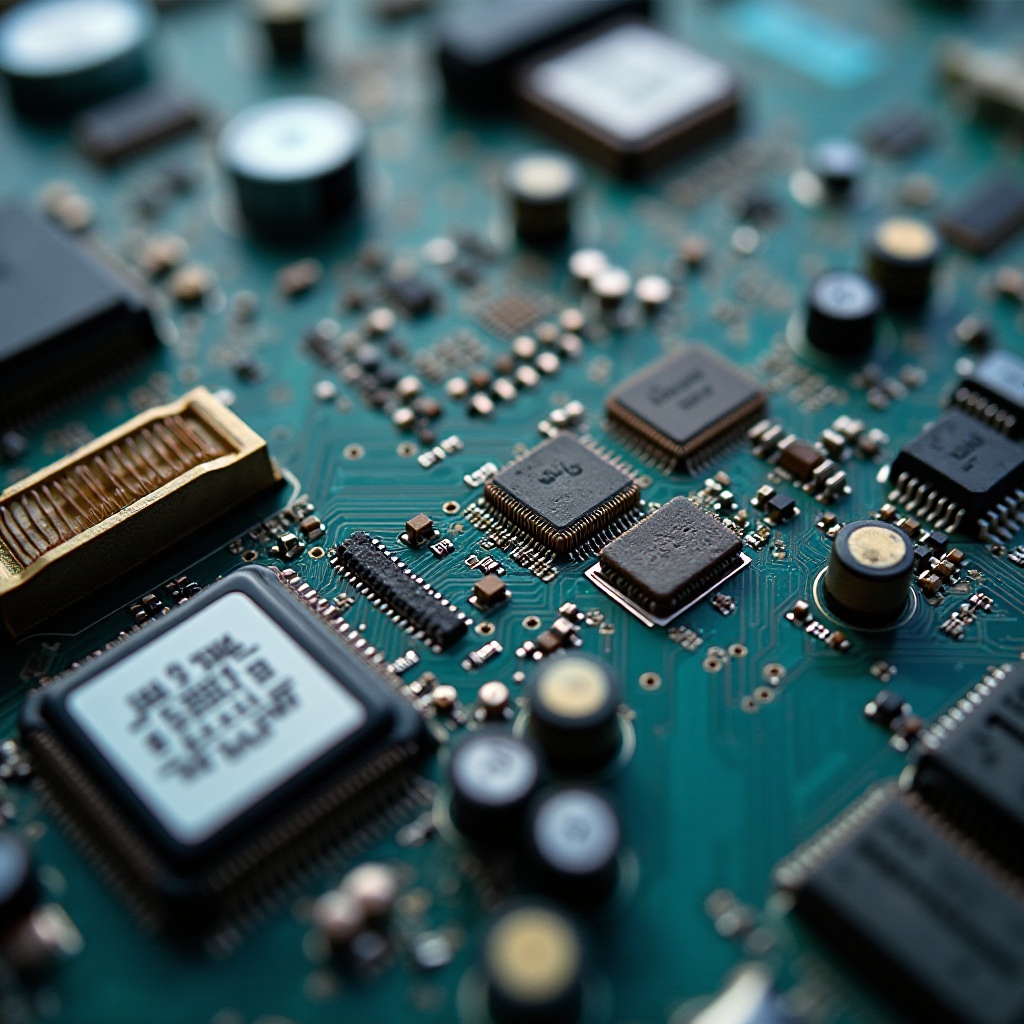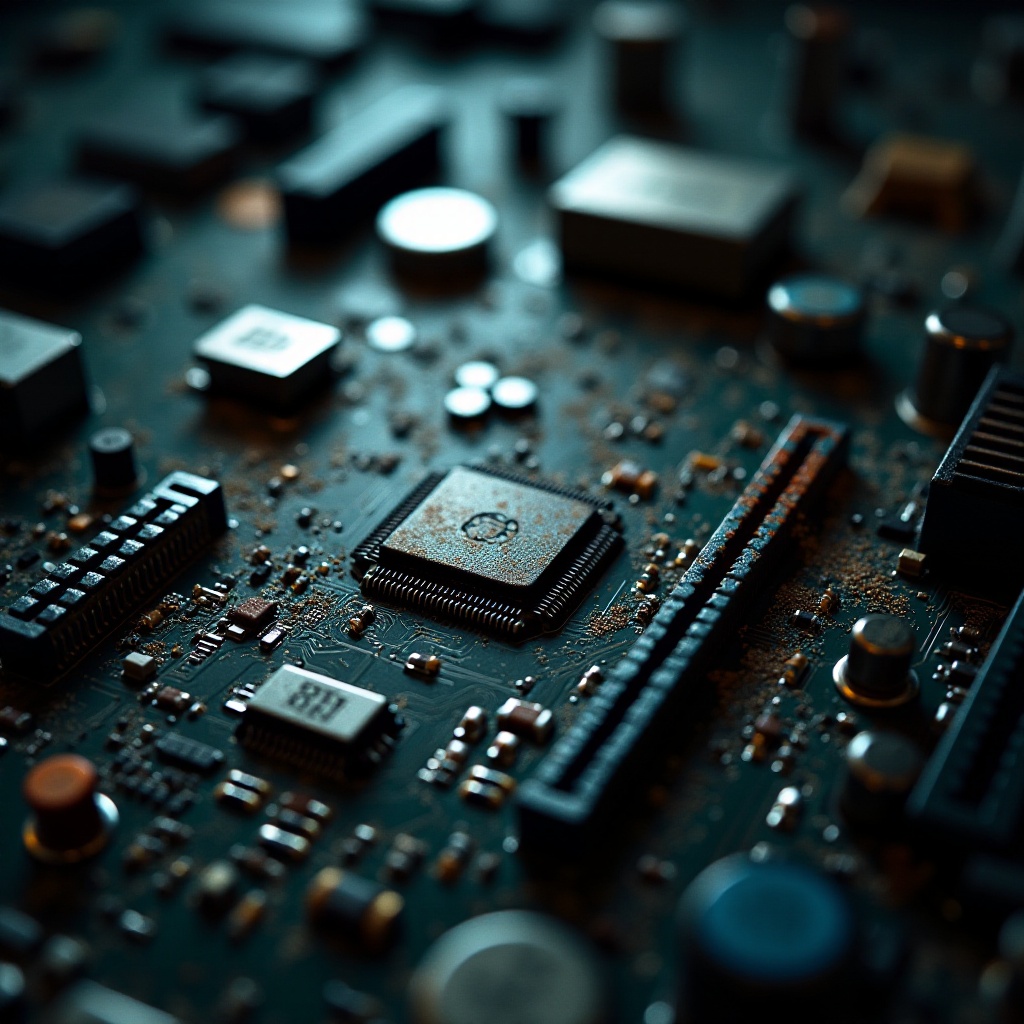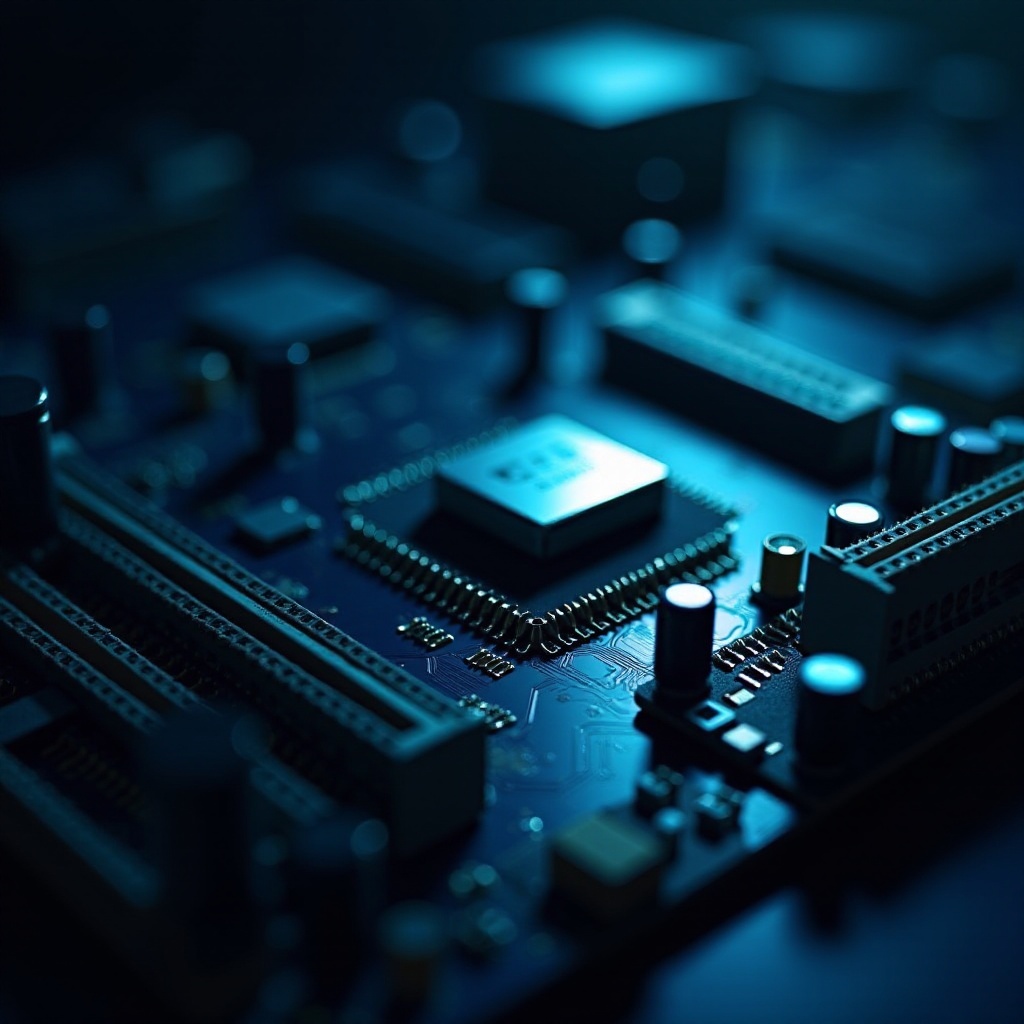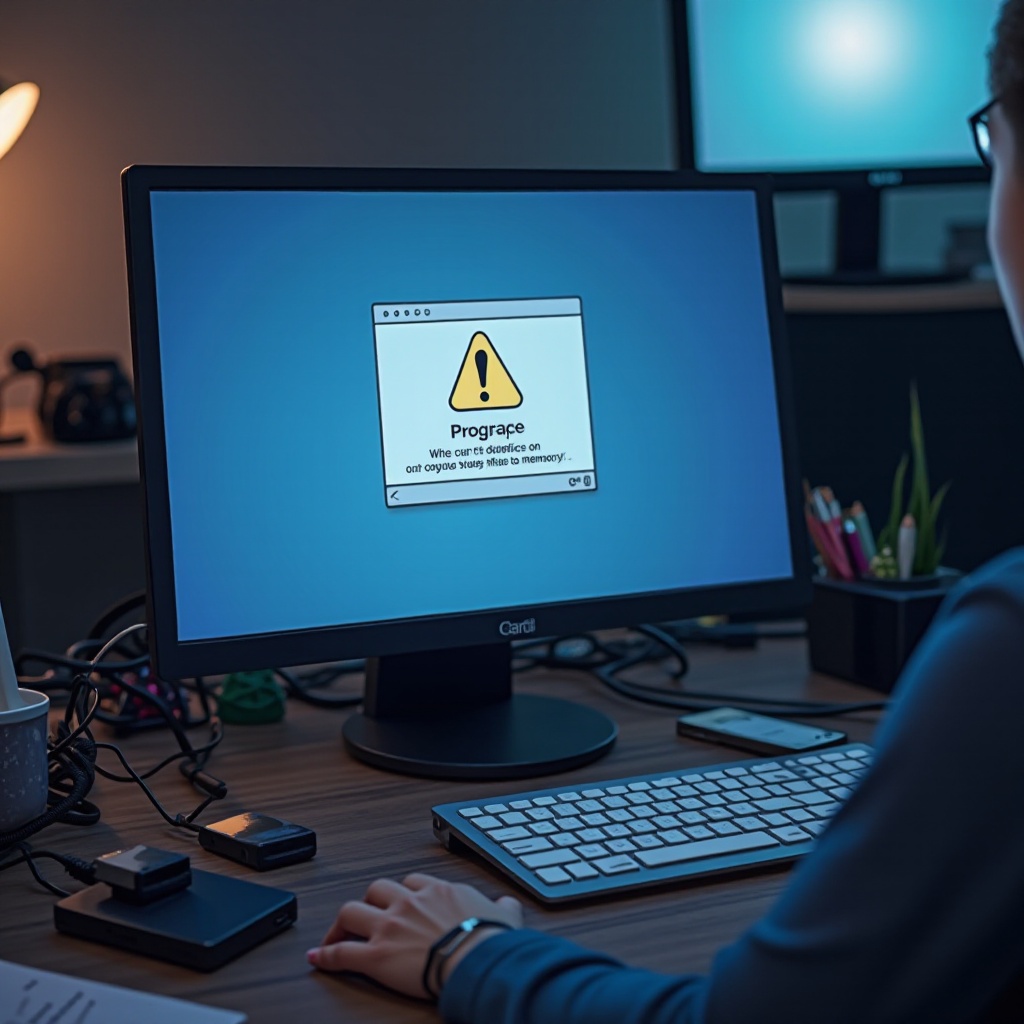Introduction
The motherboard is the primary circuit hub of any computer, serving as the backbone for communication between all connected components. When this crucial piece fails, the computer becomes unusable, potentially leading to critical data loss and significant repair expenses. Thus, understanding what causes motherboard failure is paramount for early detection and prevention. Damage can originate from a myriad of sources, including physical mishaps, electrical disturbances, and other stress factors. By exploring these causes, computer users can implement measures to fortify their systems against common pitfalls and extend the operational life of their computers.

Common Symptoms of a Failing Motherboard
Identifying early symptoms of motherboard distress can save your computer from total ruin. Frequent system crashes, unexplained freezes, and the ominous Blue Screen of Death (BSOD) are all potential indicators of underlying issues. Additionally, any burning odors or visible discoloration on the motherboard itself should raise alarms about hardware faults. Another warning sign might be diagnostic beeping sounds which can be interpreted as the motherboard’s distress signals. Detecting these symptoms promptly allows for corrective actions before catastrophic failures take place.
Physical and Environmental Factors
The longevity and effectiveness of a motherboard highly depend on physical handling and environmental conditions. Mishandling during setups or repairs, alongside environmental challenges such as heat, can severely impact its performance.
Physical Damage and Mishandling
Proper care and handling are crucial when dealing with motherboards. Physical damage often results from careless handling during installation or component upgrades. Dropping the hardware or applying undue force on connectors can fracture circuit paths or damage connections. Following correct installation protocols, using right tools, and grounding yourself from static electricity are fundamental steps to prevent such issues.
Heat and Overheating Issues
High temperatures are formidable adversaries to electronic devices. Inadequate cooling, coupled with dust clogging critical airflow paths, or a scorching environment can lead to overheating. The solution lies in maintaining optimal thermal conditions by situating your device in a well-ventilated setting and verifying the operation of cooling units such as fans and heat sinks. Routine cleaning can also improve air circulation and thermal performance.

Electrical and Power Supply Issues
Electrical missteps rank among the top culprits for motherboard failure. Despite their often hidden nature, these electrical issues can cause terminal damage.
Power Surges and Spikes
Sudden voltage spikes, whether from lightning, electrical grid fluctuations, or home wiring faults, can devastate sensitive components like motherboards. To defend against such risks, investing in high-quality surge protectors and uninterruptible power supplies (UPS) is wise. Shielding your computer with these defenses guards against voltage anomalies, providing a solid safeguard for critical motherboard components.
Faulty Power Supply Unit (PSU)
A malfunctioning power supply can imperil a motherboard by delivering erratic power outputs or insufficient wattage. Ensuring a reliable and ample PSU is fundamental to device security. Conducting regular maintenance checks on the PSU to confirm its smooth operation and compliance with specifications can prevent major issues from developing.
Component Compatibility and Software Errors
Beyond tangible mishaps and power dilemmas, software conflicts and compatibility problems can spell doom for a motherboard.
Incompatible Hardware Components
Hardware mismatches can result in operational glitches leading to motherboard distress. Confirming compatibility of CPUs, RAM, and GPUs with your motherboard prevents these misalignments. Always refer to the motherboard’s manual or consult the manufacturer’s compatibility data to sidestep technical hurdles related to mismatched components.
Software and Firmware Glitches
Software errors or firmware glitches may also incapacitate your motherboard. Corrupted firmware, poor driver installations, or problematic updates could thwart its functionality. Therefore, maintaining up-to-date BIOS settings, drivers, and following recommended upgrade protocols minimizes risks. Ensuring the operating system’s settings align with manufacturer suggestions forestalls potential software-induced problems.

Aging and Wear and Tear
Over time, the inevitable aging process takes its toll on all electronics, motherboards included. Components like capacitors may lose efficacy, solder connections might deteriorate, and circuits can become fragile. Regularly assessing computer performance allows for early detection of obsolete elements. By proactively planning upgrades, you can keep your system operating efficiently and mitigate the risk of sudden shutdowns.
Preventive Measures and Maintenance Tips
Extending the lifespan of your motherboard is achievable with diligent care and preventative strategies.
Regular Cleaning and Maintenance
Scheduled cleaning and inspection are vital for promoting longevity. Eliminate dust from fans, vents, and internal components using compressed air to sustain effective cooling. Verify that all parts are securely connected. Routine visual inspections for signs of wear allow for early intervention when issues arise.
Power Protection Solutions
Invest in power safeguards to prevent electrical jeopardy. Quality surge protectors and UPS units are essential to maintain smooth power flow. Line conditioners may be considered in areas with power fluctuations to maintain stability and protect your motherboard from electrical threats.
Conclusion
Identifying the root causes behind motherboard failure signifies a proactive step towards computer preservation. From early symptom recognition to enforcement of thorough maintenance and electrical defenses, these practices are instrumental in lengthening the motherboard’s lifecycle. Consistent evaluations and vigilance in maintenance guarantee uninterrupted computing adventures.
Frequently Asked Questions
How long does a typical motherboard last?
Typically, a motherboard lasts between 5 to 10 years, depending on usage, maintenance, and component quality.
Can I repair a failed motherboard myself?
Repairing a motherboard demands expertise and specialized tools. Without technical experience, consulting a professional is recommended to avoid further damage.
What should I do if my motherboard fails under warranty?
For warranty-covered failures, refer to the manufacturer’s warranty policy, contact customer support for guidance on repair or replacement, and file a claim timely.


